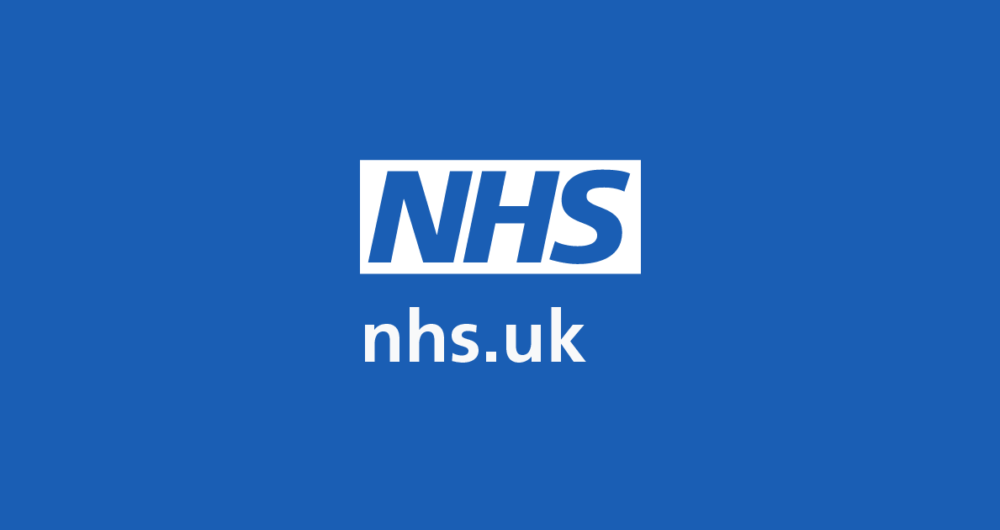The failed appointments waste time and heap pressure on consultants who already face “extraordinary demand” due to the virus, says the British Medical Association, according to Buckingham Today.
NHS Digital data shows that in the 11 months from April last year, there were 23,910 outpatient appointments that people did not show up for.
Out of 380,410 booked sessions, 6% were unattended.
And with the average outpatient appointment costing £160, the no-shows may have cost Buckinghamshire Healthcare NHS Trust around £3.8 million.
Across England’s health providers, 5 million appointments were missed during the same period to the end of February, around 7% of those booked – wasting the NHS an estimated £760 million.
Dr. Rob Harwood, BMA consultants committee chairman, said it was “concerning” to see the rate of failed appointments given the current backlog in care.
He said: “We urge people not to fail to attend as this wastes an appointment time that could have been used for someone else; someone who might potentially need it more urgently.
“It also places the most pressure on consultants trying to deliver a service under extraordinary demand and in already difficult circumstances.”
At Buckinghamshire Healthcare Trust, the rate of missed hospital appointments was highest in January when 8% were no-shows, 2,975 in total.
Across England, the highest rates of people failing to show for appointments were in December and January – coinciding with the second wave of the pandemic.
A spokesperson from NHS England said measures were in place in hospitals to ensure patients remained safe.
They added: “People should continue to attend their medical appointments as normal – if you are unable to attend for any reason, please let us know so your appointment can be filled by another patient who may need it.”
Of the missed appointments at Buckinghamshire Healthcare Trust, 8,515 were first appointments, and 15,395 were follow-ups. All figures are rounded to the nearest five.
Image source: nhs.uk




